Trying to increase your brand’s reach but not getting the results you want?
No problem.
Today I’m going to teach you how to increase brand awareness with proven strategies backed by real data.
You can execute these instantly to start generating sales and change how customers positively view your business.
With that being said, it’s been found that presenting your brand consistently results in a 23% increase in revenue on average.
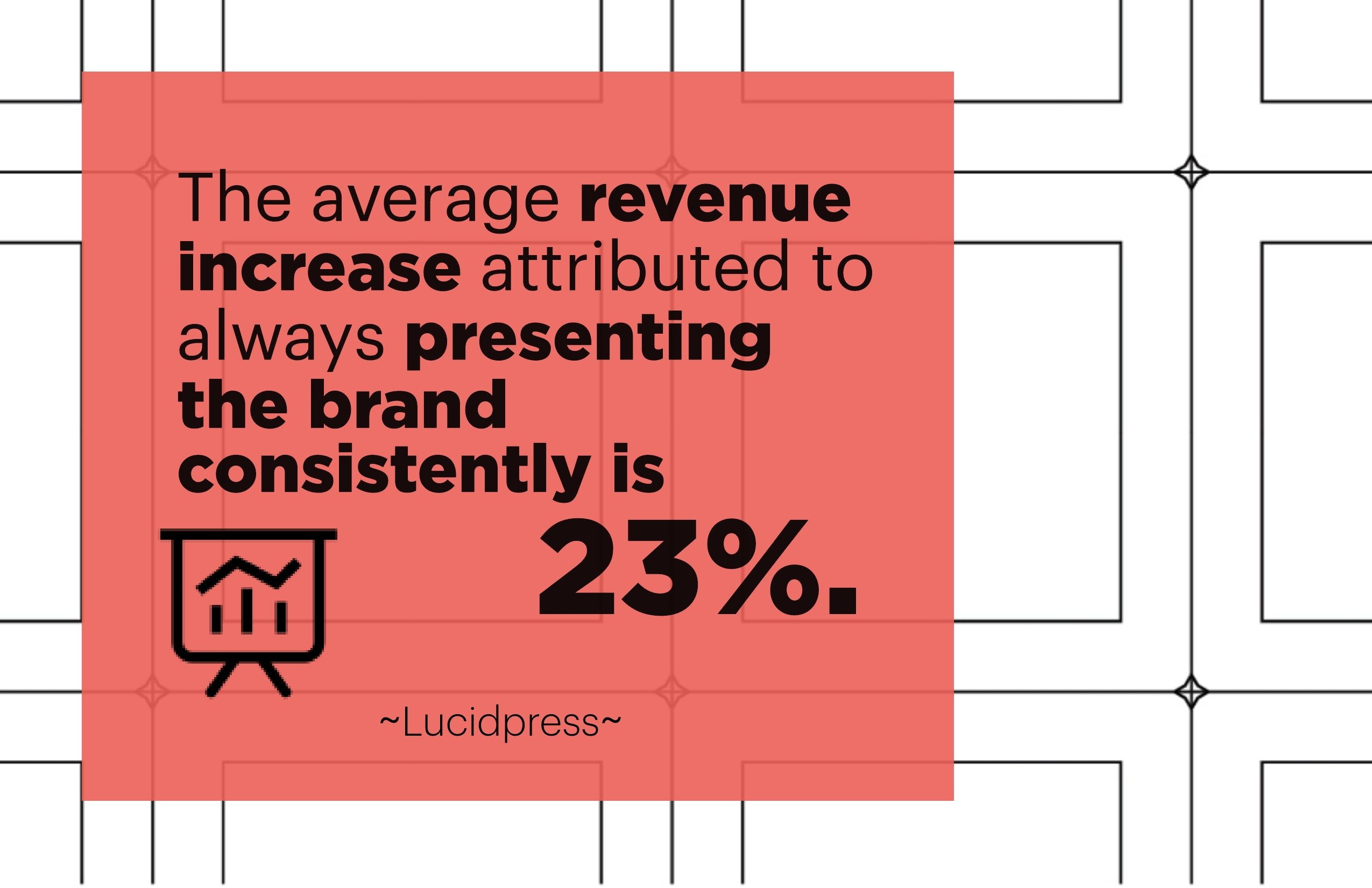
So many companies don’t realize the importance of building loyalty through great branding and the amazing benefits it brings like the above.
Think about brands like Nike, Adidas, or Coca-Cola.
Most people can instantly recognize their logos and products. They attribute a certain level of quality and consistency to them without thinking, as well.
That’s branding!
Without further ado, let’s get into today’s article.
What is brand equity?
Brand equity and awareness are often interchanged, so you shouldn’t be too concerned with defining them separately.
They can both be defined as the reach and impact your brand has on customers.
It is generated through effective marketing, advertising, value propositions, customer service, and many other aspects.
Branding Strategy Insider does a wonderful job explaining the five drivers of brand equity in this infographic:
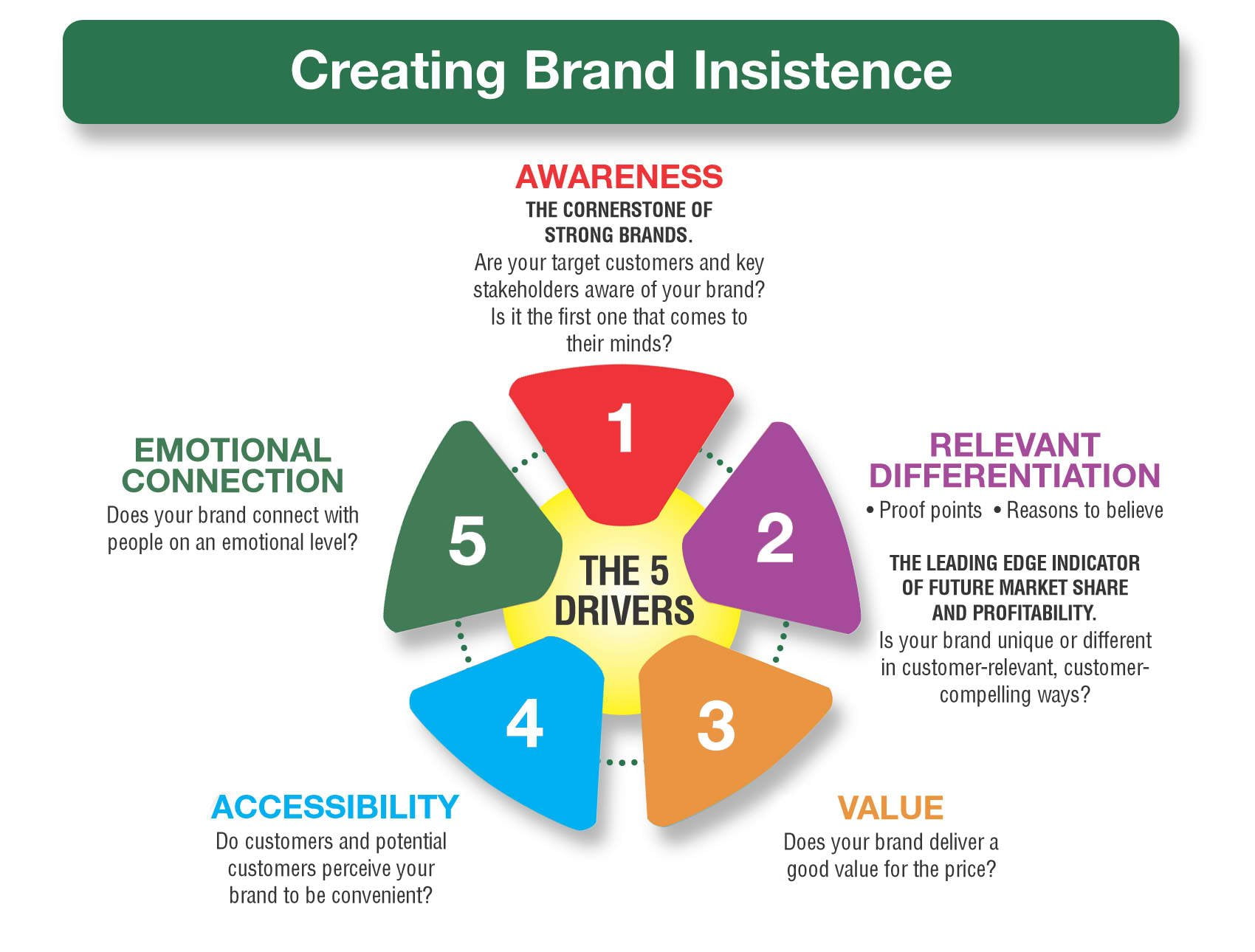
The first step is awareness. This is very similar to the standard buyer’s journey, where consumers need to first become aware that your business exists.
This is achieved through the strategies I will be outlining later, such as SEO, social media marketing, and others.
The second step is relevant differentiation. This is also known as a unique value proposition that makes your company stand out from others while still being relevant to the end consumer.
Thirdly, what is the overarching value you offer? Do you help your customers generate more revenue? Do you automate processes for them? Makes sure that this is boldly stated in copywriting, on landing pages, etc.
The fourth aspect to consider when building brand equity is accessibility. This is the practice of ensuring that your business can be easily found through search engines, social media, and other channels.
Lastly, building an emotional connection and relationship is the final frontier of branding. If a customer has a sincere emotional investment in your business, you’ve won.
Relationships are built through improving customers’ lives, answering their questions, engaging with them, and not forgetting the human element of business.
Building brand equity
This brings me to my next point regarding brand awareness strategies.
Start crushing it in the SERPs
Do you have an SEO strategy?
If not, I have some bad news for you.
You’re missing out on massive levels of brand awareness.
Don’t believe me? I’ll let this statistic do the talking…
There are 63,000 searches per second every day on Google.
Seeing as there are 86,400 seconds in a day, that means Google receives roughly 5,443,200,000 searches every 24 hours.
That’s five billion people you could be getting in front of!
But all hope is not lost if you’ve yet to optimize for search engines.
Let’s begin with laying the groundwork for good SEO.
You can also enroll in my SEO copywriting course to learn how to get on the first page of Google.
On-page SEO
Optimizing your web pages and content to get easily indexed by Google is what we call on-page SEO, hence the name.
Most of it you can do once and forget about it. Other components will require minimal ongoing effort.
It’s an easy win in building awareness for a brand.
I suggest beginning by researching keywords with a tool like Google Correlate. It will find trends that associate with the search terms you enter, which can then be targeted to increase organic traffic.
SEMrush is another great option.
Begin by entering a phrase related to your business. I’ll use “lead generation” as an example.
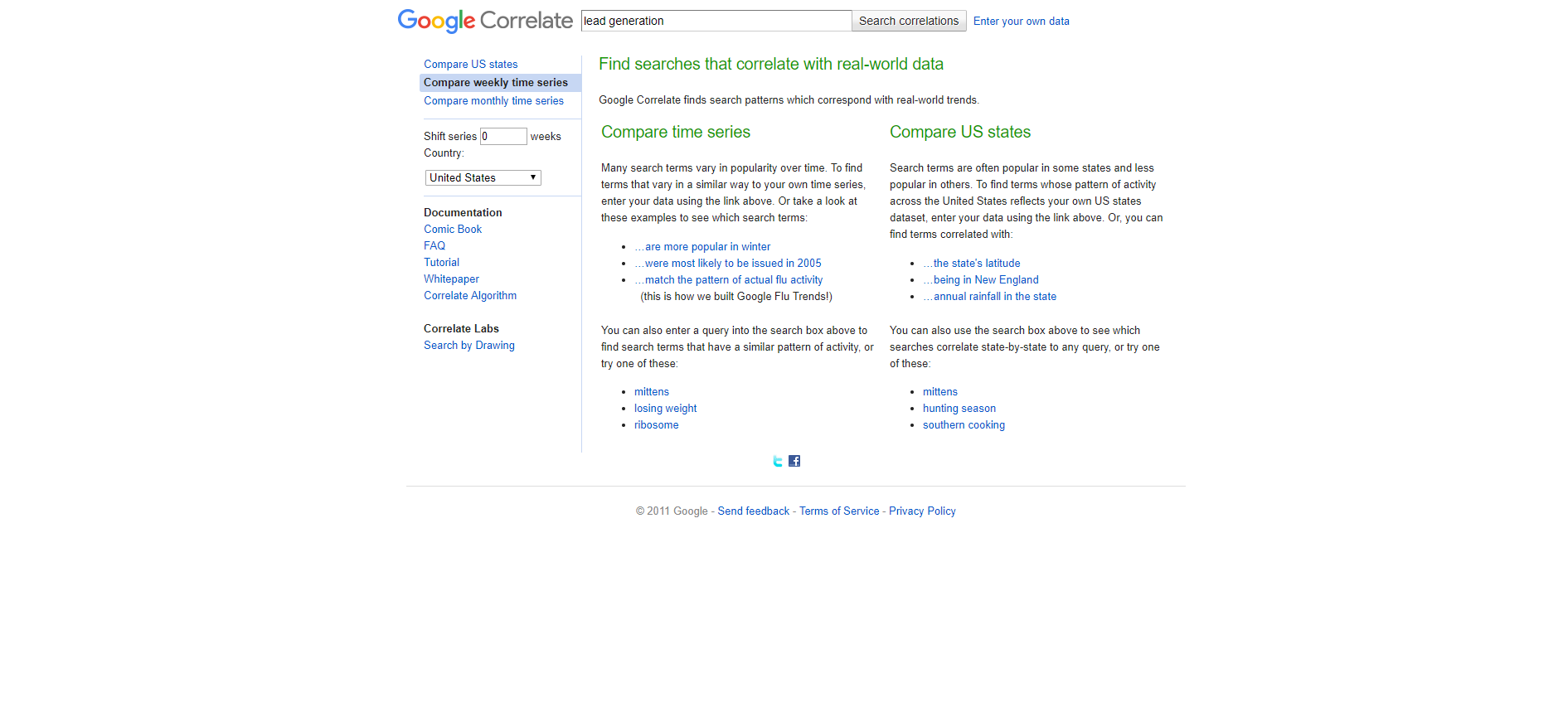
It will display weekly or monthly trend results which will help you get into the mind of your target audience.
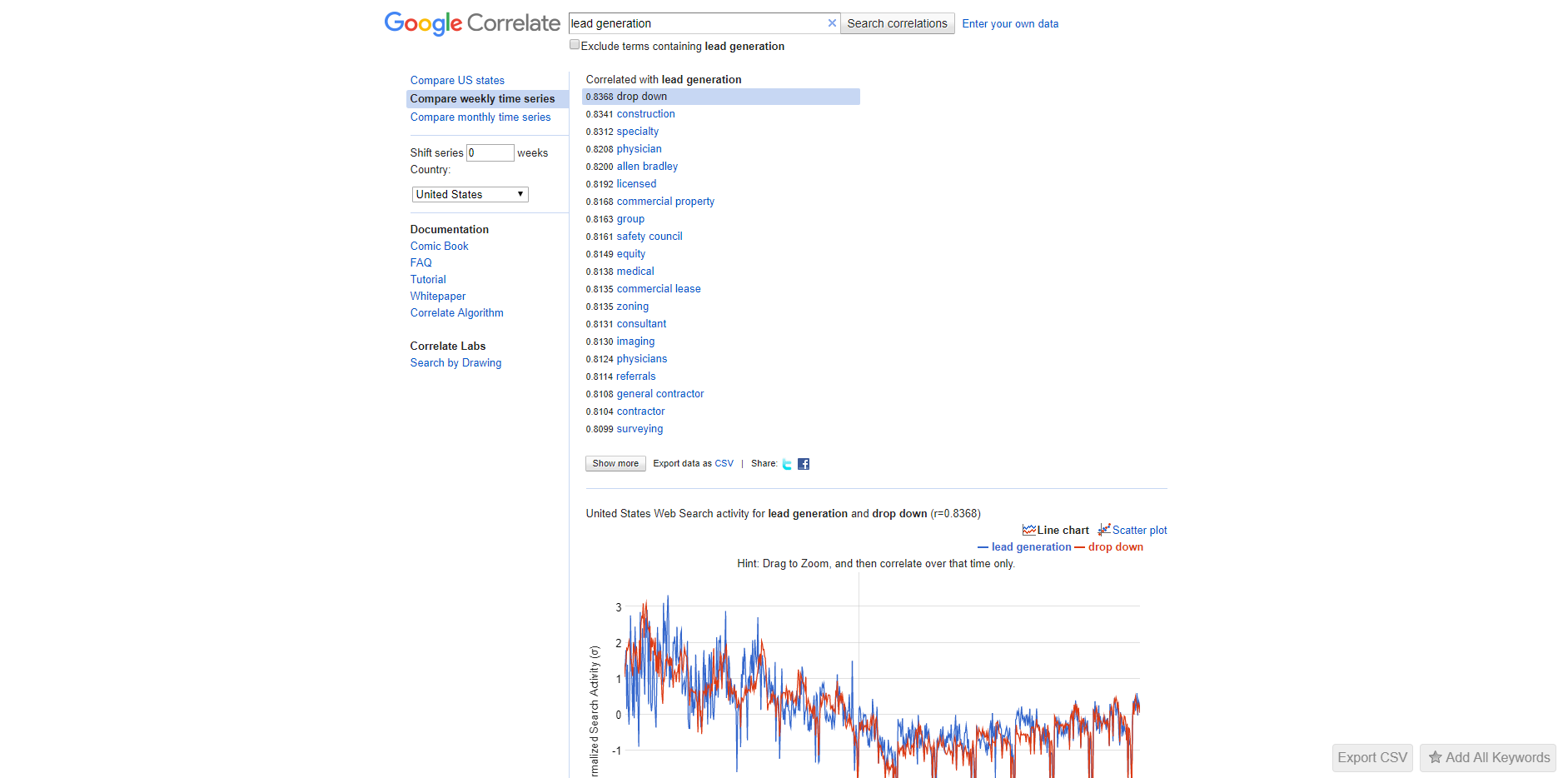
These also serve as keyword inspiration, as we could easily create phrases to target, like:
- Lead generation referrals
- Lead generation surveying
- Lead generation contractor
Terms like these you want to use for title tags, navigation, and meta descriptions.
Look at Shopify, for example.

Their homepage title tag includes keywords like “Ecommerce Software” and “Best Ecommerce Platform” to attract relevant users.
Furthermore, you can see targeted keywords in the URLs of their pages.

Shopify’s meta descriptions are also optimized and have keywords in them, as you can see below.

Besides that, place keywords in these locations:
- Content of pages
- Alt text of images
- File names
- Header tags
Since we just covered on-page SEO, what do you think the next step is going to be?
Off-page SEO!
This consists of using different tactics to build backlinks to your website. High-quality links signal to search engines that your site is important, boosting rankings and awareness.
The first strategy I suggest for building links is guest posting. You write content for another business, and they will publish it with links back to your web property.
It’s a win-win.
Search Google for industry-related keywords followed by “guest post” or “guest post submission” to start finding opportunities.
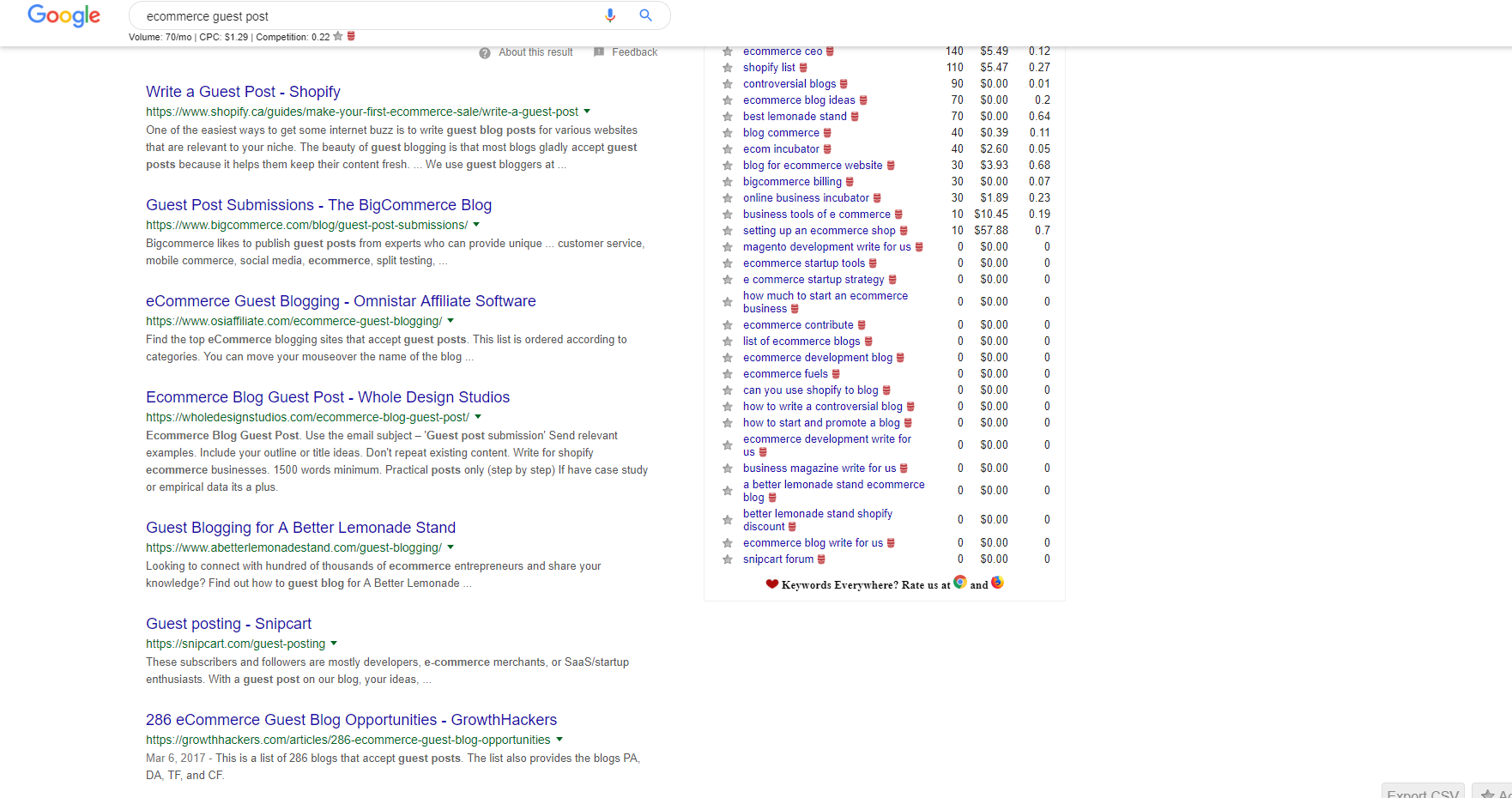
I did a search for “e-commerce guest post,” and there are endless results to choose from.
Visit websites that you’d like to contribute to, and carefully read their guidelines.
It will go over what they expect in terms of quality and what you get in return.
If it all checks out, pitch them some topic ideas and begin writing once approved 🙂
Here are some useful resources on link building I’d suggest giving a read:
- A Simple (But Complete) Guide to Broken Link Building
- The Skyscraper Technique
- 10 Smart Ways to Earn or Build Backlinks to Your Website
Once you have a solid on-page and off-page, it’s time for the final step: building epic content.
A business without content is like a Ferrari without an engine. What’s the point?
There’s no better way to increase brand equity than by producing high-quality content.
It generates traffic, improves trust, and makes your brand an authority all at once.
If you need any assistance, I offer content writing services to help grow your business. Reach out to me at any time, and I’d love to chat.
Those that decide to publish content themselves need to begin by defining a buyer’s persona.
This is a generalization of your target audience, which includes:
- Demographics
- Interests, values, and beliefs
- Problems their experiencing
- Questions they have
For example, perhaps you target Chief Technology Officers of software companies. You would want to study these individuals inside and out, allowing you to produce content that attracts and helps them specifically.
Then, you need to choose a medium to publish content through. This can be a blog, YouTube channel, podcast, or another platform of your choice.
Focus on making content that is practical, useful, and entertaining all at once. I suggest using a casual and friendly tone, no matter the audience.
Check out the following articles I wrote to deeper understand what makes great content that improves SEO and improves brand awareness:
- The Only Article Writing Format Guide You Need (Step by Step Instructions)
- What Data Say About The Best Blog Post Length
- How to Write a Blog Post – Blogging for Beginners [Full Guide]
With SEO fundamentals out of the way, let’s touch on using social media for brand awareness.
Get your social accounts in check
Capturing the awareness of a larger audience is all about going where the attention is, as Gary Vaynerchuk commonly talks about.
Here’s a one-minute video of him explaining what I mean.
With that being said, social media is an easy way for any business to begin expanding brand equity.
Currently, Facebook, Facebook ads, LinkedIn, and Twitter are the go-to social platforms for small to medium-sized businesses, according to a study done by MarketingCharts.com.
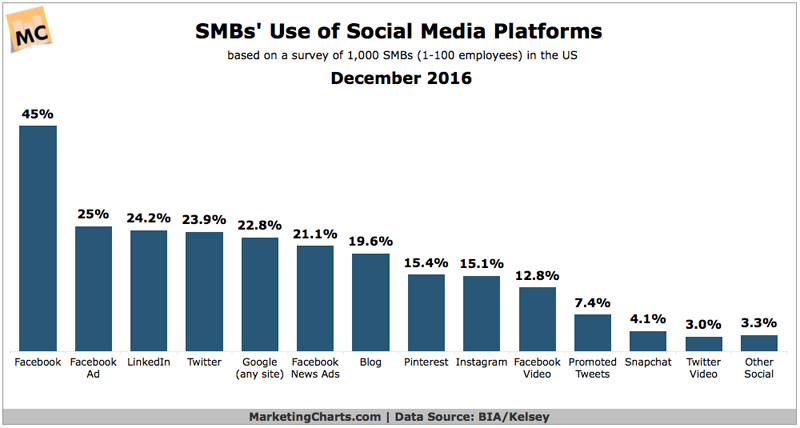
The key to success on social media begins with perfecting how your account appears. Remember that first impressions are huge and will affect how consumers interpret your brand.
Upload a high-quality logo or portrait image, whether you are representing a company or yourself.
Your biography on all social networks should sum up your products or services and value proposition.
Look at HP, for example.
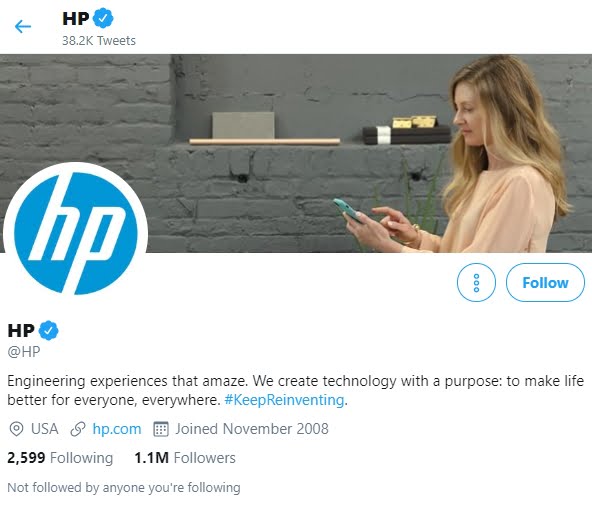
In a couple of lines, they summarize that they help create technology that makes life better for everyone.
They also include a link to their website and a branded hashtag.
Note that they use the exact same images on their Facebook page, creating consistency across all channels.
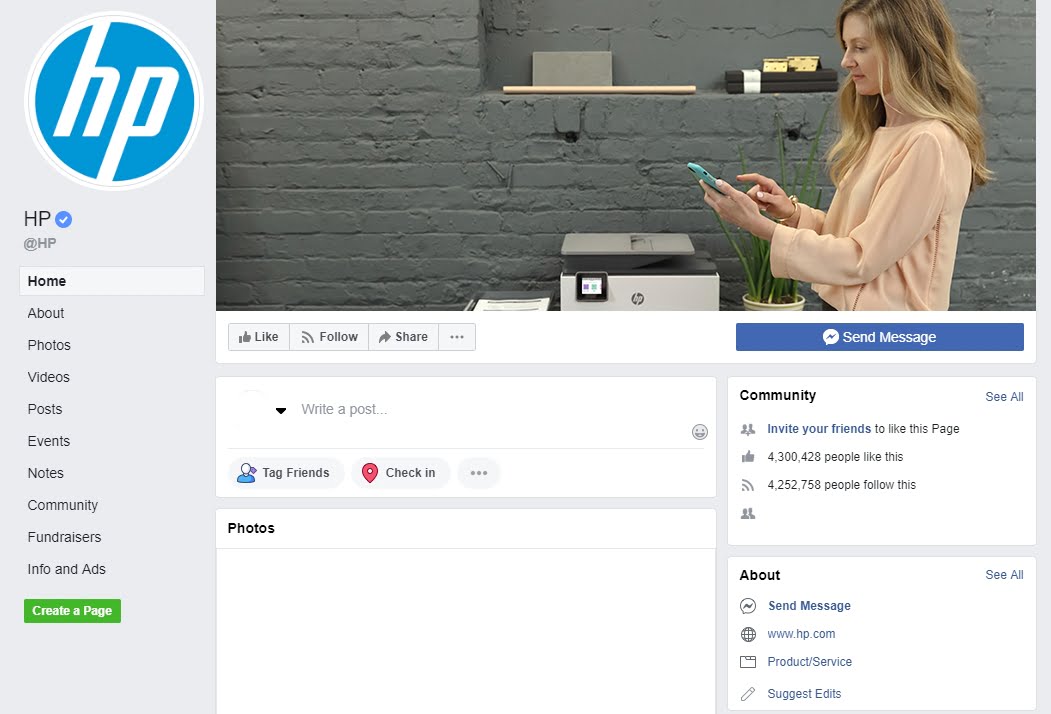
Once you have visuals taken care of, it’s time to consistently post content.
This can be blog posts you write, videos you film, news, or updates.
The reality is that users don’t want to follow inactive accounts, so keep a schedule.
Similarly, engagement is huge for branding. Consumers want relationships with businesses, so you need to respond to questions or comments ASAP.
Social media isn’t hard. It’s actually really simple, but it requires patience.
If you execute these simple techniques, you can look forward to improved loyalty, social sharing, and more.
Claim all of your local citations
One of the fastest ways to start increasing how many people are aware of your company is through local business citations.
These are online listings that provide the URL, address, and other information about your business.
Here are some that you need to sign up for today.
Google My Business
Google My Business gives you complete control over how your brand is represented when it’s searched on Google.
Begin by signing up for an account on their homepage via the “Start Now” button.
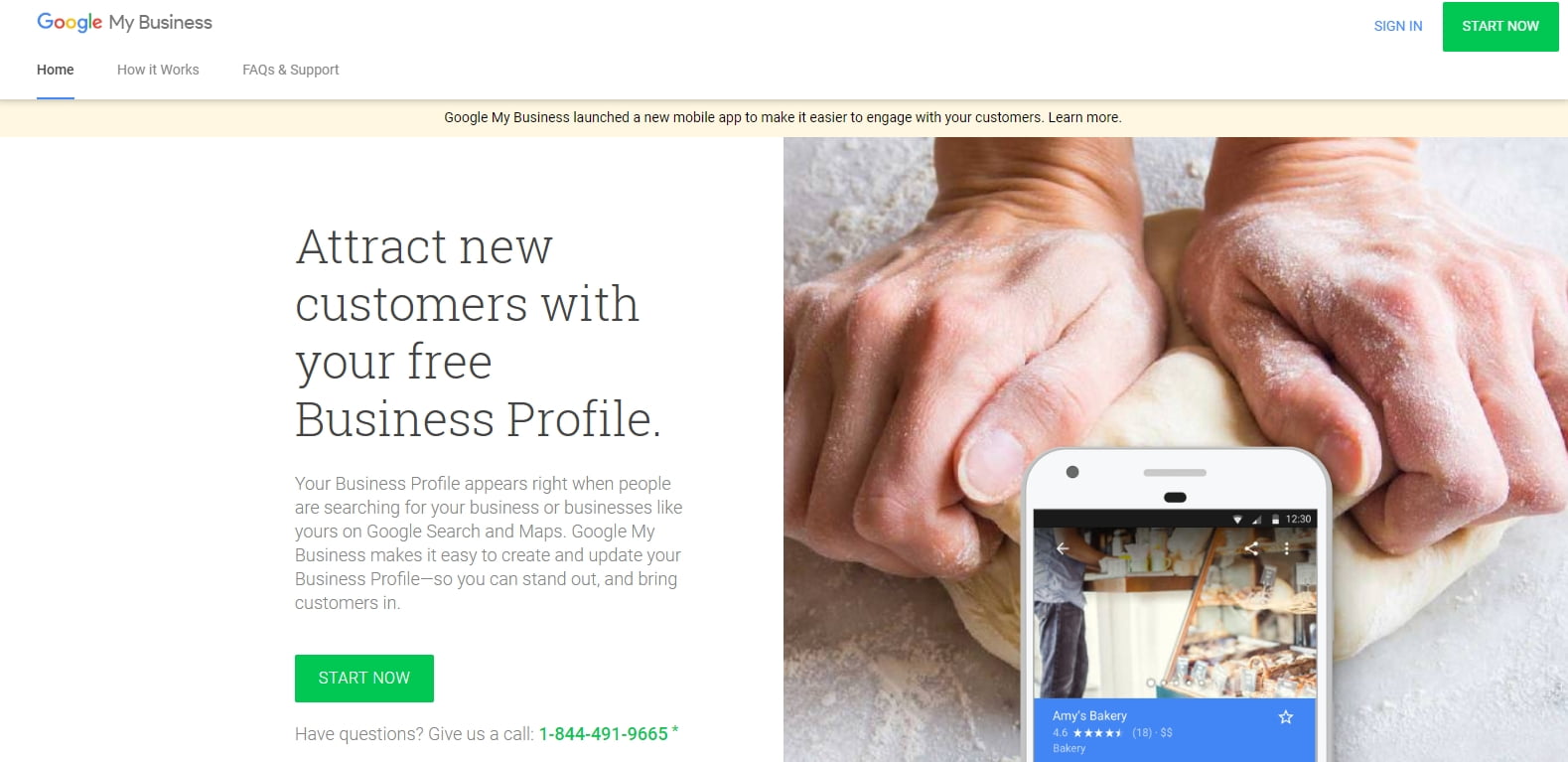
It will run you through a quick questionnaire to set up your profile. This includes the name of your business, location, and category.
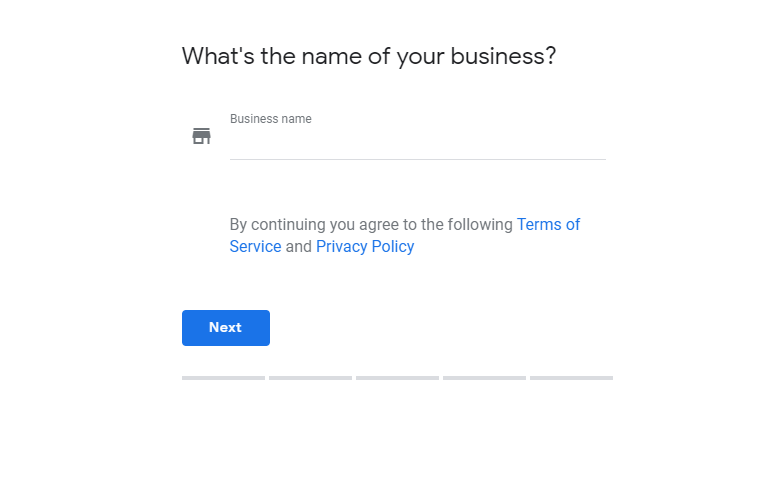
You can create posts, add photos of your business, and optimize your company information straight from the dash.
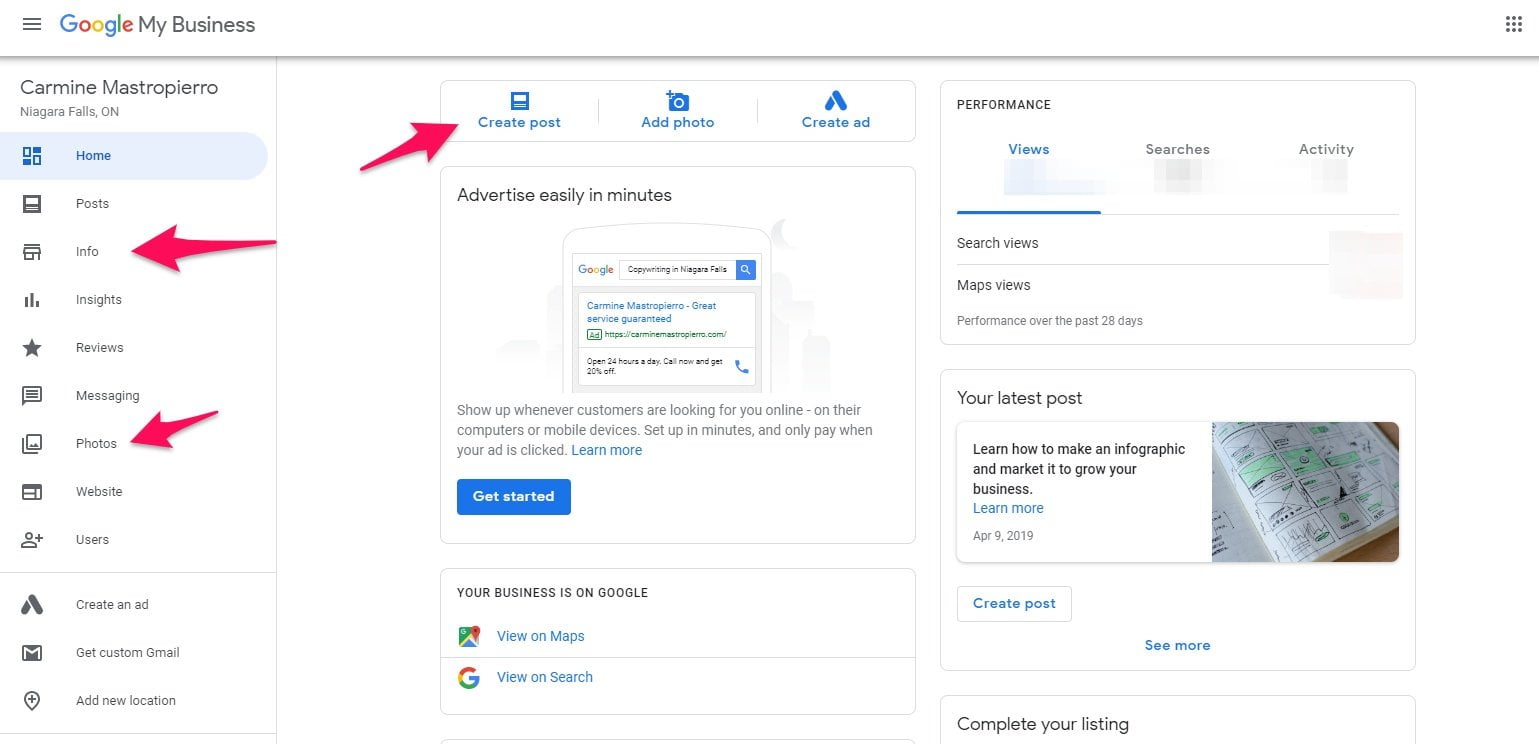
Having an optimized Google My Business listing is especially important for those that target local customers.
Yelp
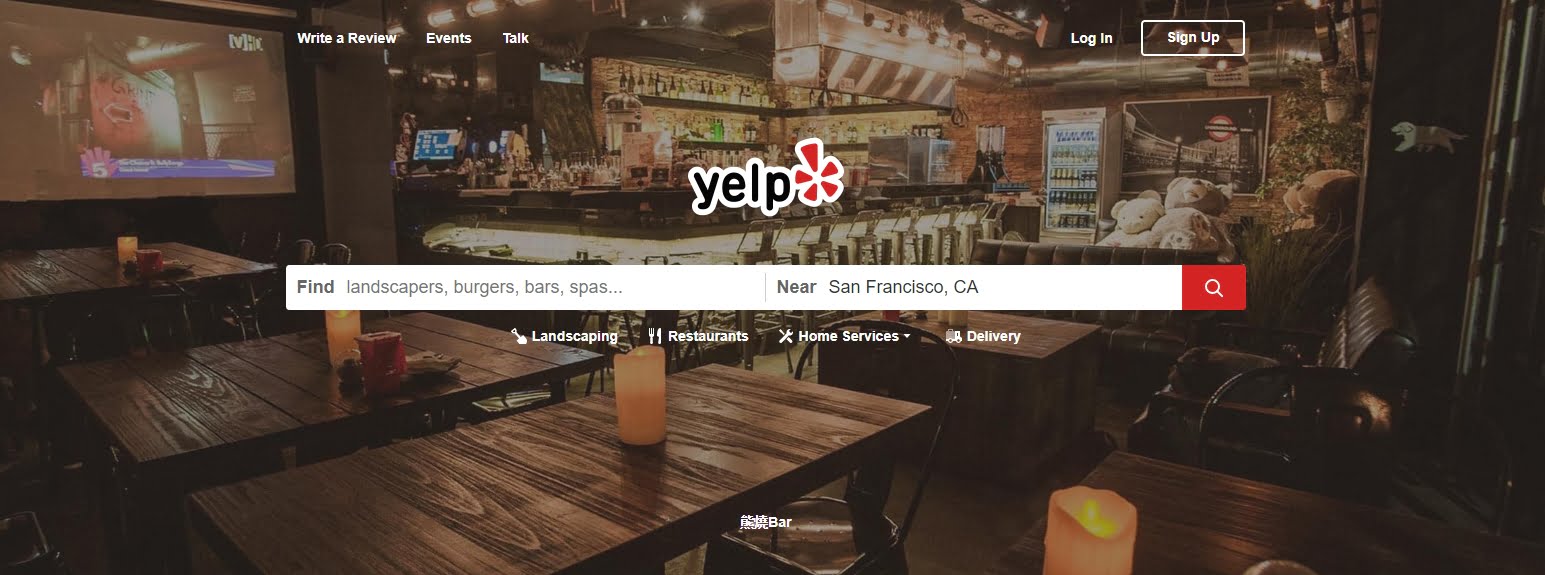
Yelp is a go-to source for information and reviews for consumers.
This is why you want to sign up for an account, and begin building an impressive profile.
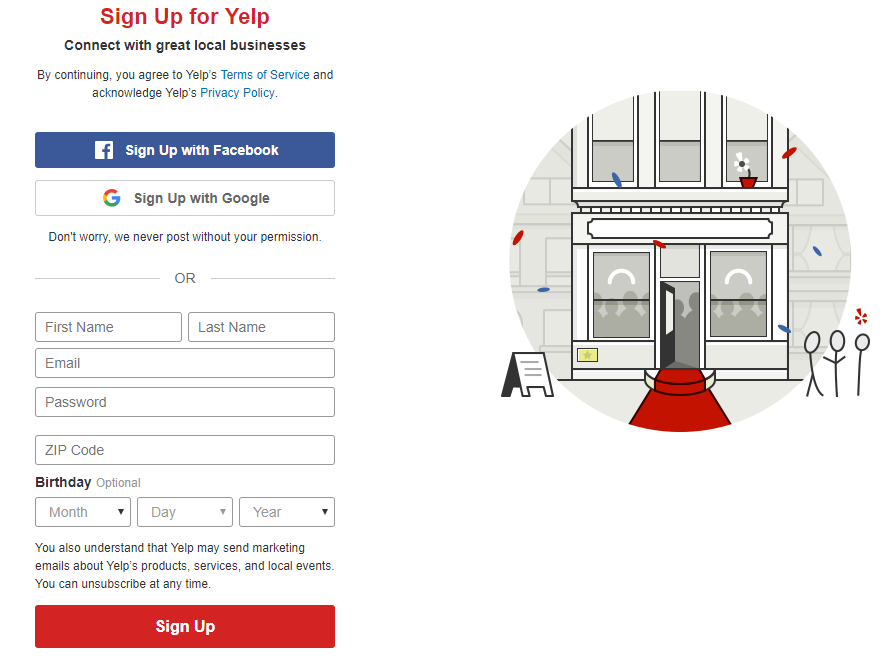
You can register with a Facebook account, Google account, or via the form.
YellowPages
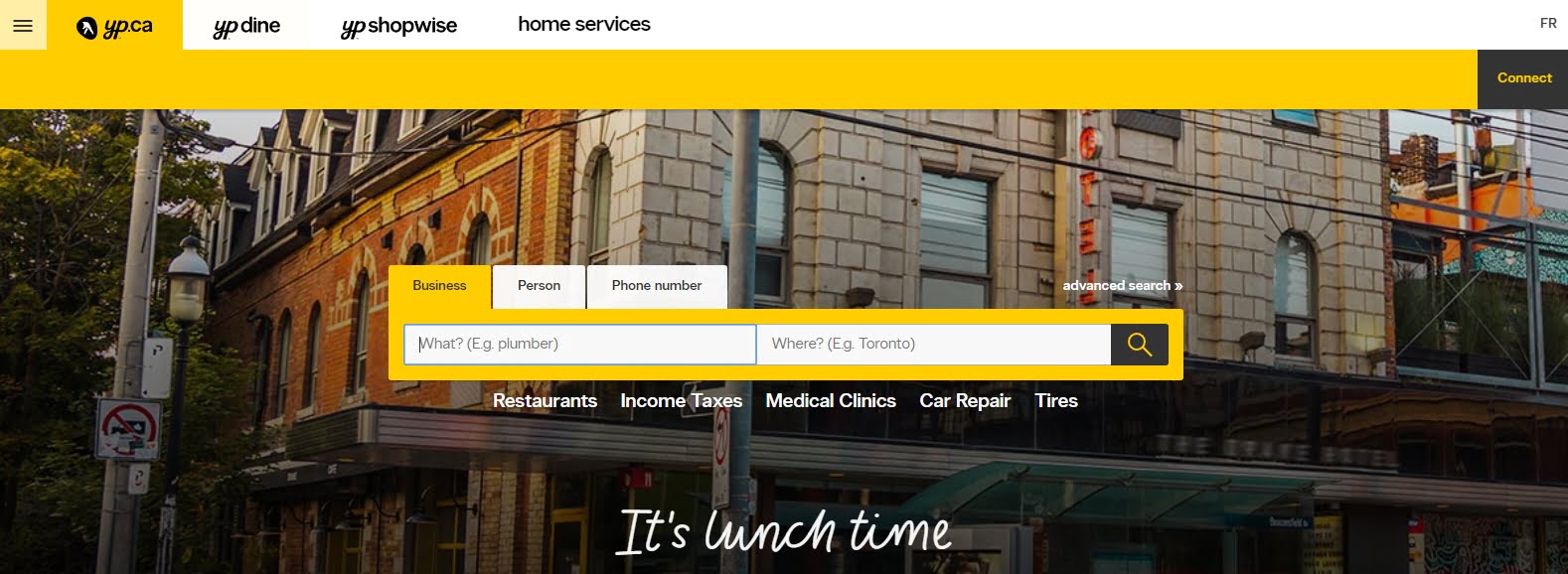
YellowPages connects Canadians with businesses, services, and more.
It helps everyday people find the restaurant or product they’re after, and you can use it to increase brand awareness.
Add a free listing by going here.
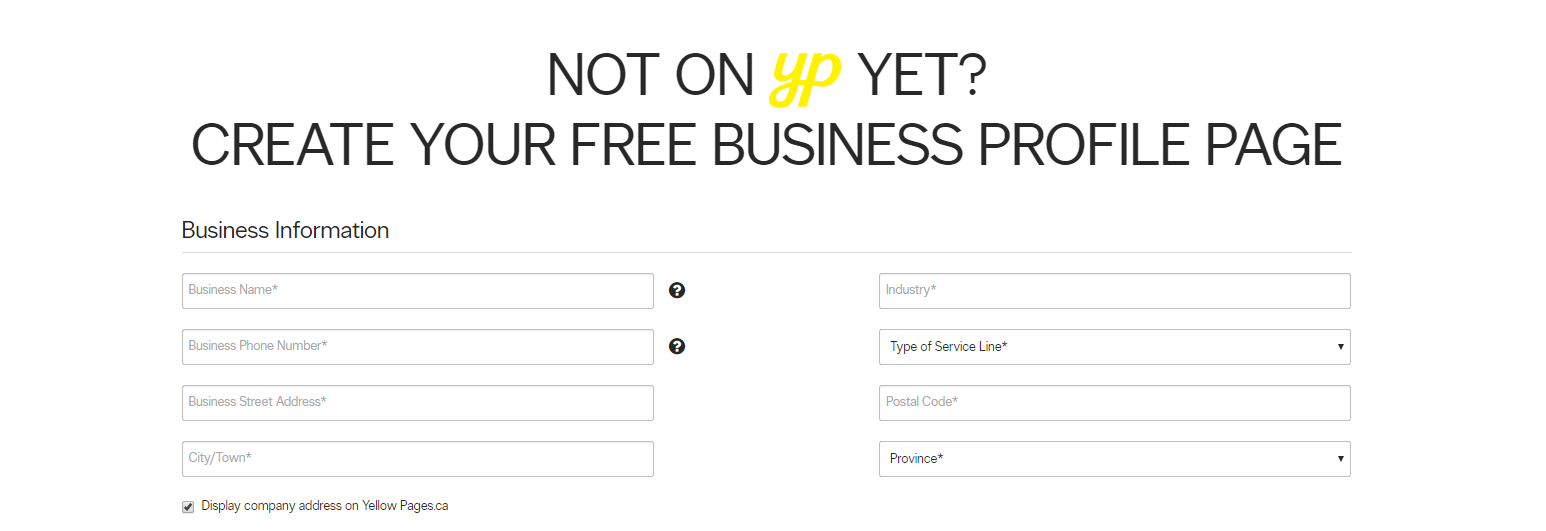
Enter your business and contact information, then click the submit button.
YellowPages will contact you to confirm the information you submitted before publishing your page.
Once it’s life, you can edit your profile.
I suggest adding SEO keywords, as I discussed earlier in this article, which will help boost how many people find you organically.
Use the same photos that you use on your social accounts to stay consistent and spice up your copy.
Don’t just blandly say what you do, but rather talk about the benefits of working with you.
Check out Big Splash Social’s page to see this in action.
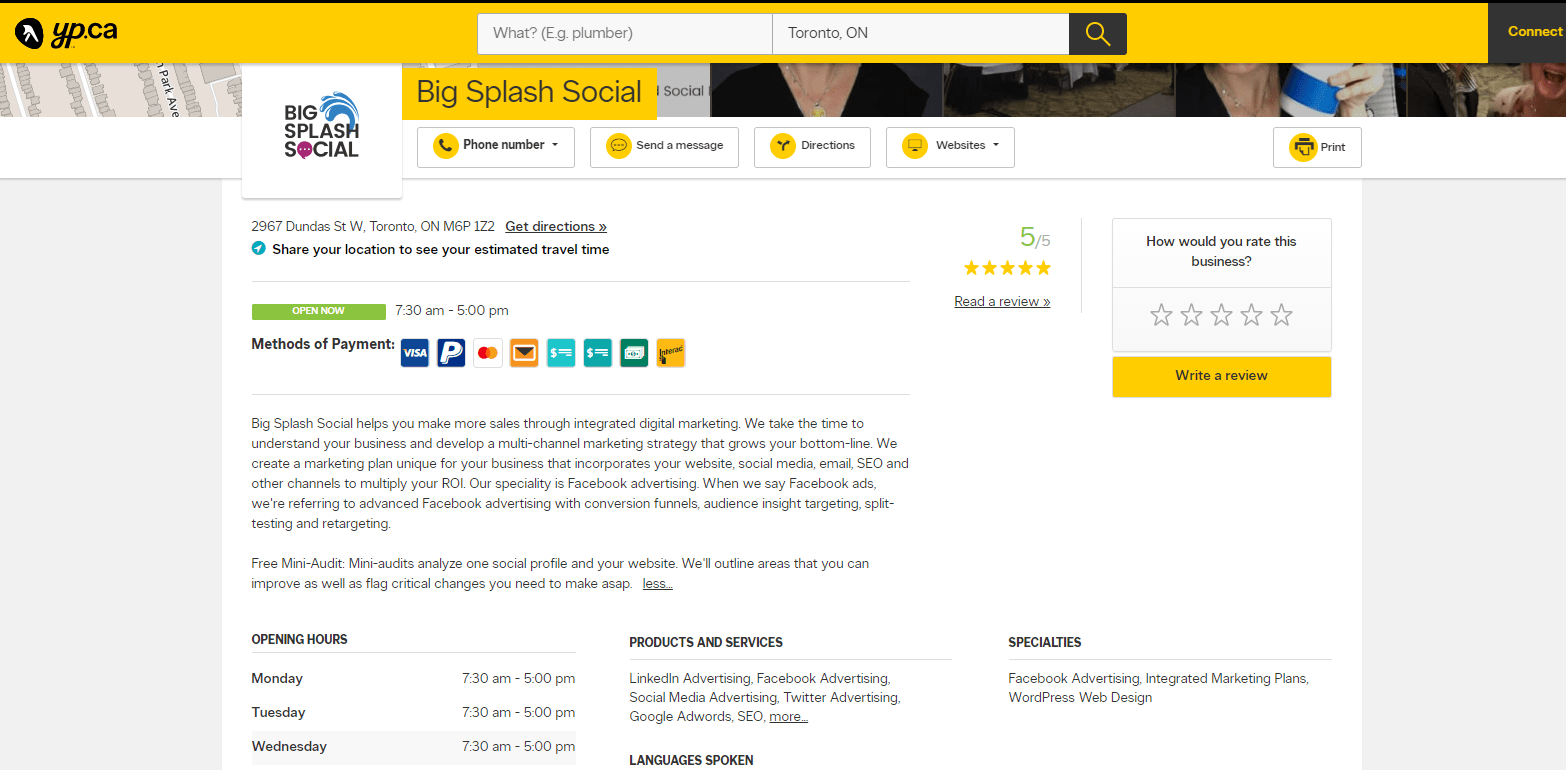
Their description talks about how they help businesses generate sales, develop omnichannel strategies, and multiply their ROI.
This is much more exciting than just saying you offer digital marketing services.
With all of the brand awareness strategies out of the way, let’s talk about measuring it.
Measuring brand awareness
With all of the brand awareness strategies out of the way, let’s talk about measuring it.
Website performance
Your website needs to be one of the center points where customers interact with your business.
Publishing blog posts, sending useful newsletters, and providing free resources is the name of the game.
With that being said, use a tool like Google Analytics to track website performance.
It will help you determine how fast your site is growing and, ultimately, how many people you’re reaching.
Once you’ve signed up for an account, create a new proper for your site via the “Create Property” button on the admin panel.
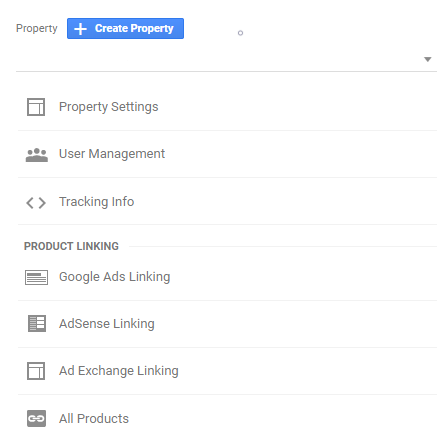
You will then need to connect your site to Google Analytics via an app or plugin, which is dependent on what platform you use.
Allow Google to begin collecting information, and you will gain deep insight into visitors.
On the homepage of Google Analytics, you will see a chart for users, sessions, bounce rate, and session duration.
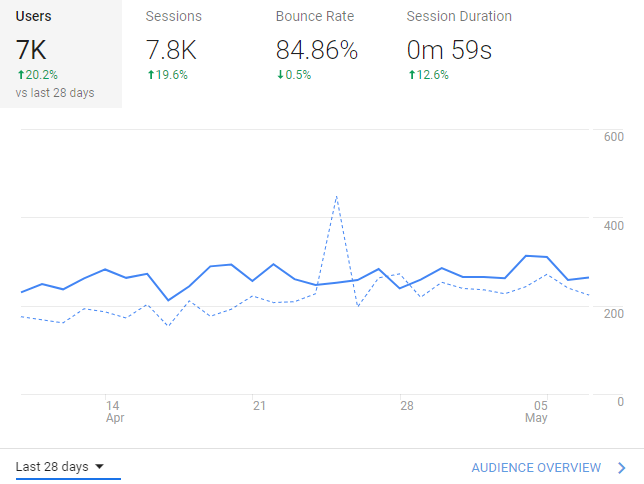
Check this on a regular basis to determine if you are gaining traffic over time, which ultimately signals if your brand awareness is climbing or not.
Additionally, navigating to the “Acquisition,” “All Traffic,” and “Channels” tab will reveal which sources generate your business the most users.

Use this information to determine which traffic sources are creating the most results for you, so you can invest more into them.
Social listening
Do you know how many people are talking about your brand on social media or how often your branded hashtag is used?
No?
That’s okay because there are tools like Hashtagify that will allow you to monitor this on the fly.
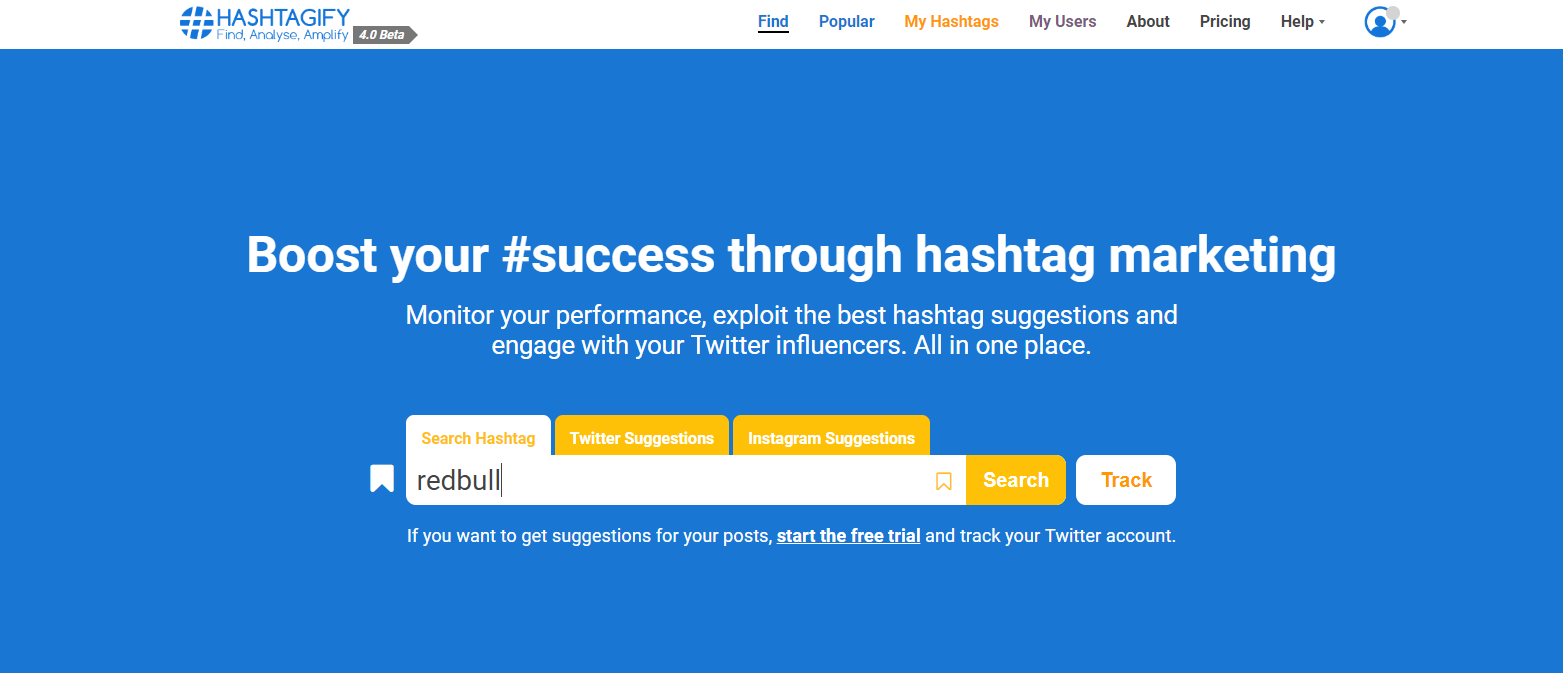
Search for one of your hashtags, presuming you’ve created one, and it will display suggestions and top influencers.
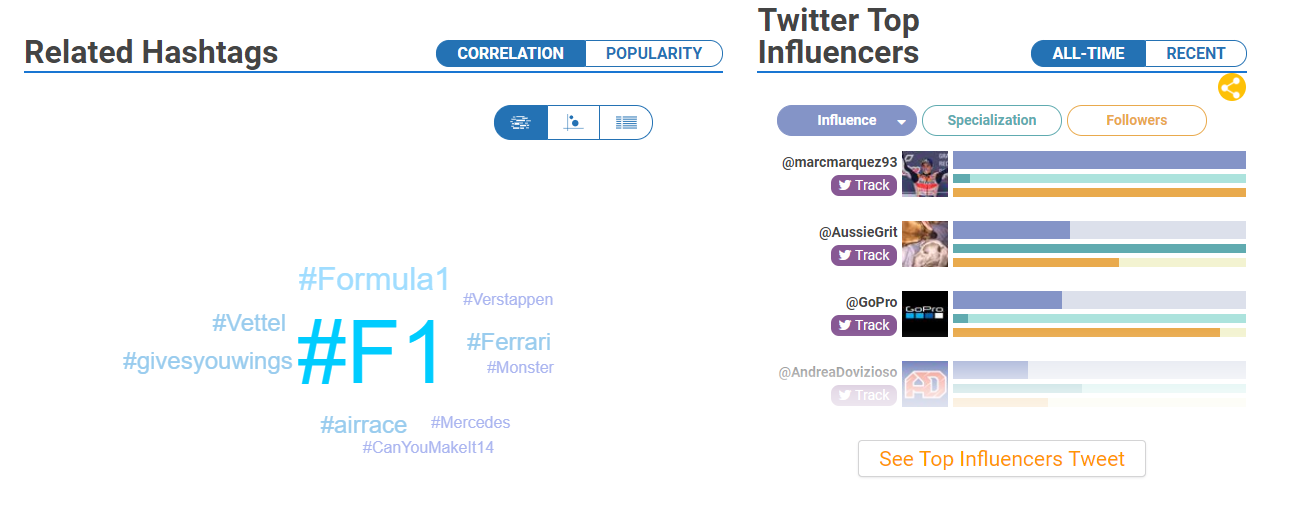
Scroll down, and Hashtagify displays the trend for what you searched.
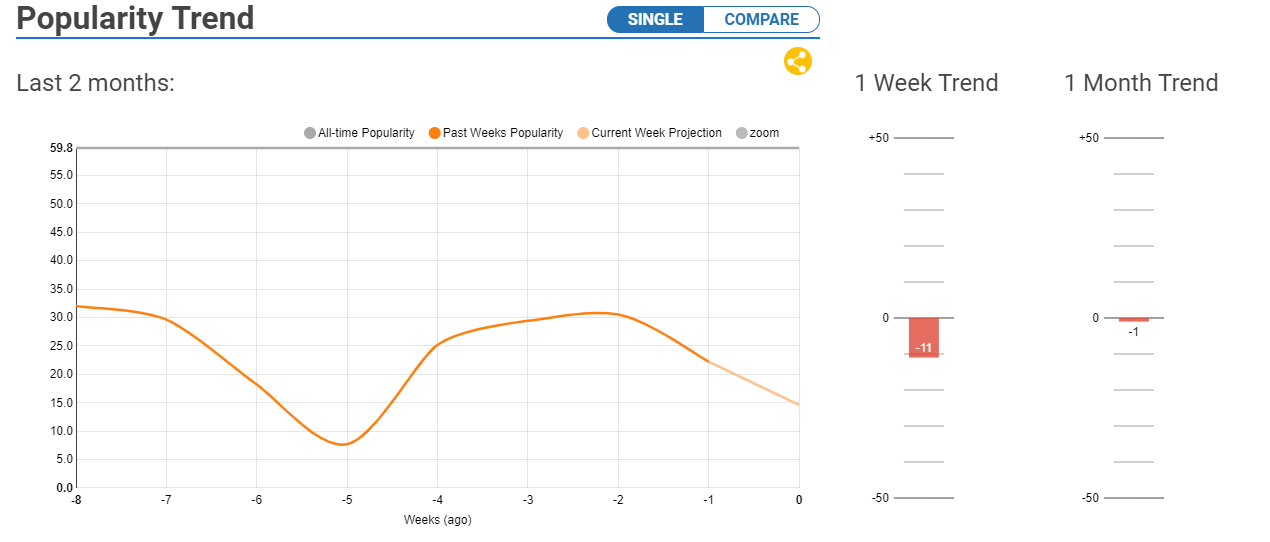
Use this to determine if your brand is being mentioned more or less, and adjust social media marketing strategies accordingly.
SEO progress
There are many different factors to measure when it comes to SEO.
Some of the main ones are backlinks, organic traffic, and keywords.
If your brand is acquiring increased amounts of links, generating high levels of traffic, and ranking for more keywords, you are able to reach more people.
All of these metrics can be tracked with a tool like SEMrush.
Enter the URL of your website to begin.
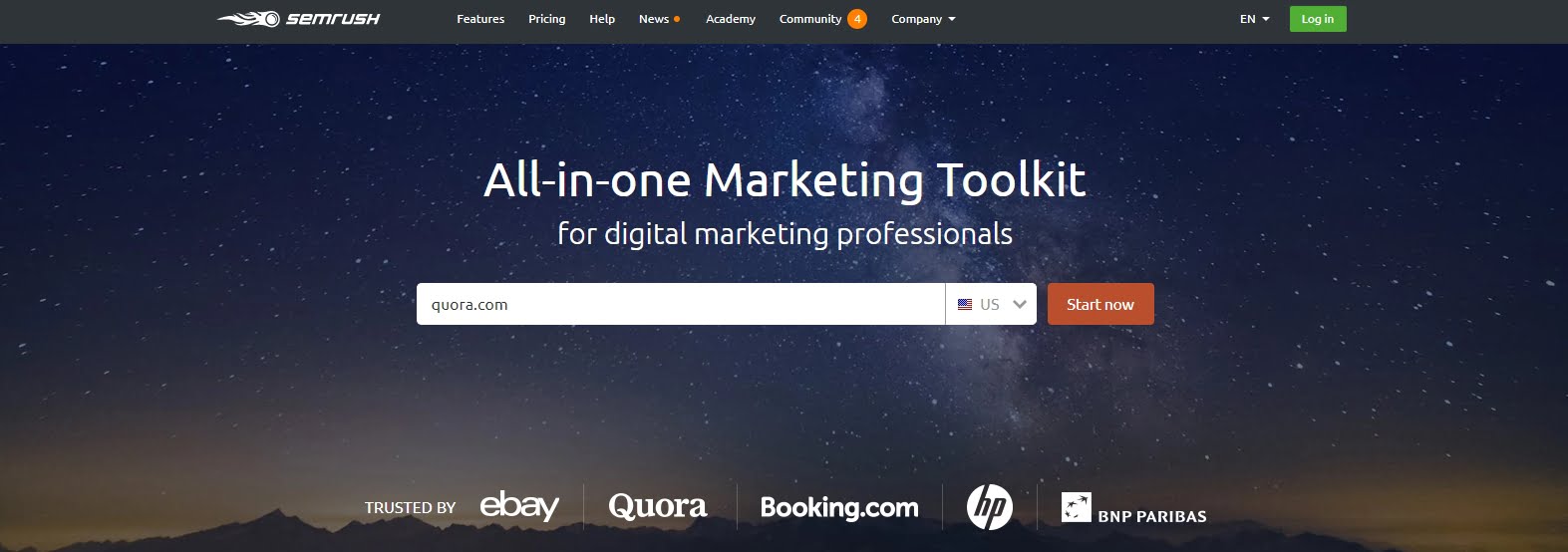
The domain overview page displays organic traffic, paid traffic, links, and appropriate graphs.
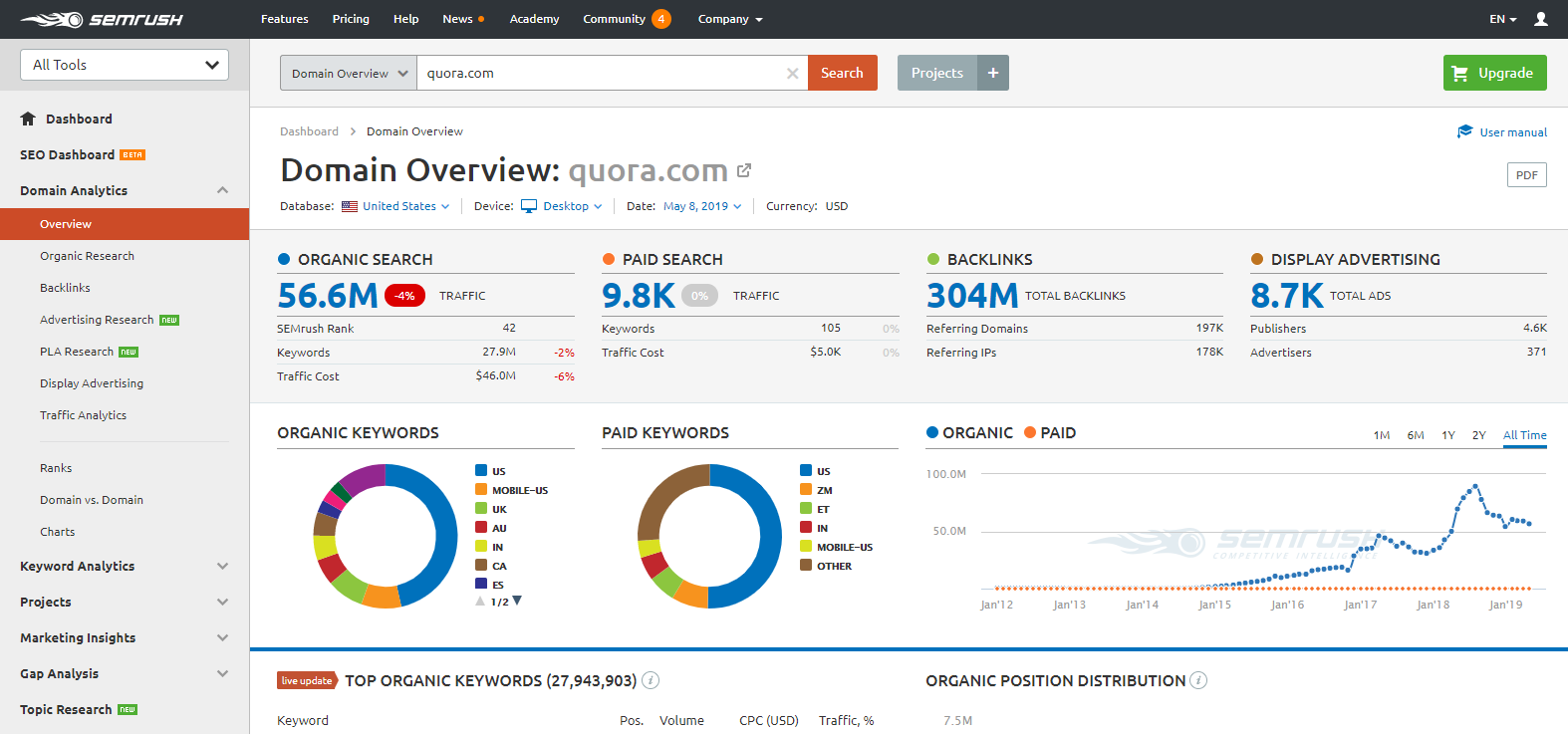
Click any metric to drill deeper into it.
Keep tabs on how your SEO is progressing, as it has a big impact on brand equity.
Final thoughts on growing brand equity
Building brand awareness will help you make more sales, create loyal customers, and knock KPIs out of the park.
Begin with setting the foundation through SEO. Optimize your website and content to be easily found by Google via on-page optimization and strategic keyword placement.
Then, build backlinks to increase authority and regularly publish content.
Spruce up your social accounts with high-quality photos and good copy. Share content on the platforms of your choice, and engage with customers to build relationships.
You can snag a quick win by claiming local business citations like Google My Business while you’re at it.
Once you have strategies in place, you can measure them via tools like Google Analytics, Hashtagify, and SEMrush.
Important metrics include website traffic, backlinks, social mentions, and how many keywords you’re ranking for.
Learn more about marketing and related topics in my online courses.














